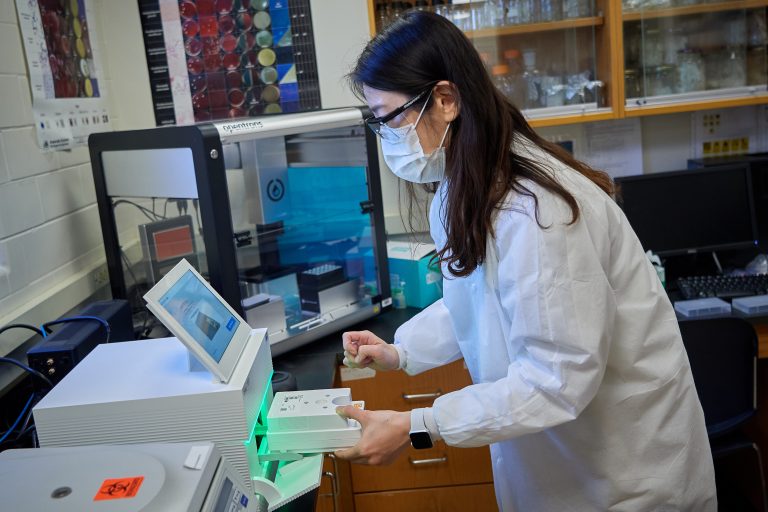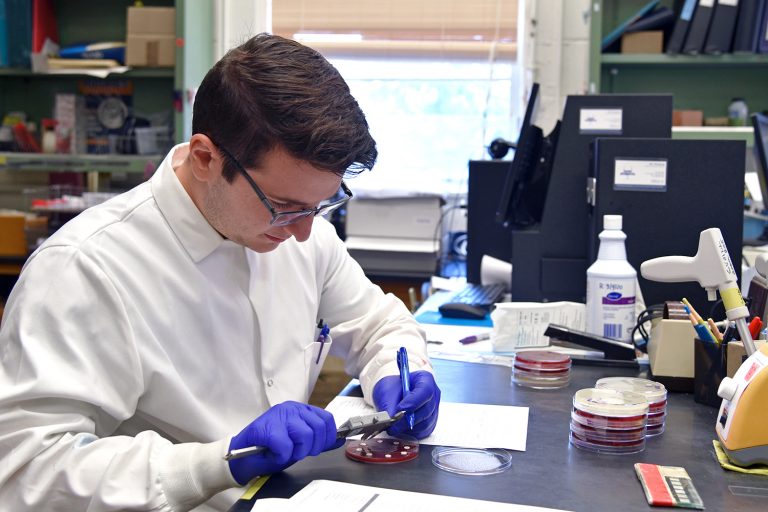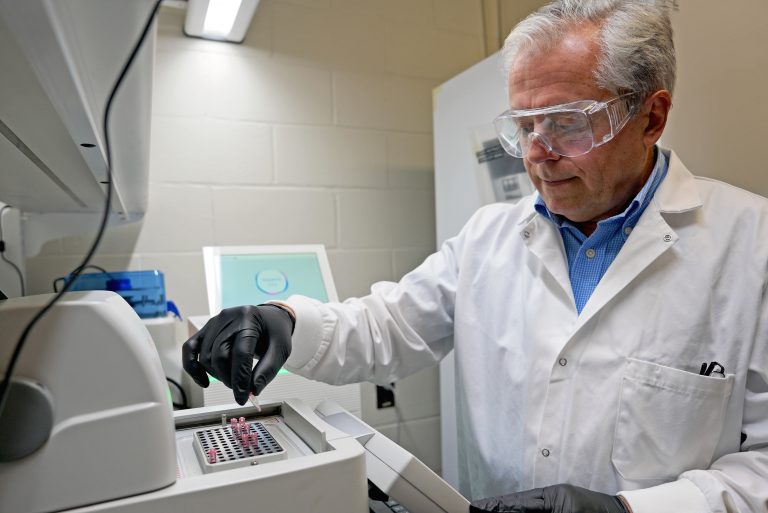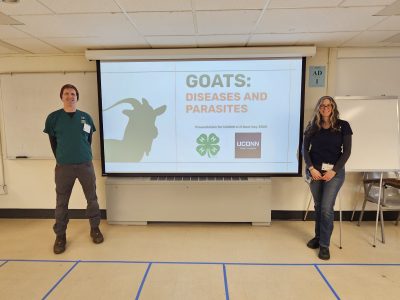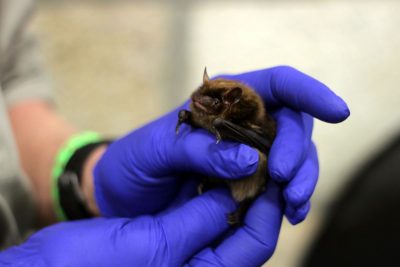Connecticut Veterinary Medical Diagnostic Laboratory (CVMDL) has a confirmed diagnosis of Equine Herpesvirus (EHV-1) in a 14-year-old mare located in Tolland County at a private facility. CVMDL has the capacity to test clinical samples (nasal swabs and complete blood) for EHV-1 using a combination of PCR followed by sequencing. Please contact us at cvmdl@uconn.edu for more information.
The Equine Disease Communication Center has an Equine Herpesvirus factsheet. Please see the following frequently asked questions below:
How is Equine Herpesvirus (EHV) spread between horses?
EHV is spread from horse to horse through contact with nasal discharge or spread as aerosol droplets. Horses can also contract the virus by coming into contact with contaminated surfaces such as stalls, water, feed, tack, and transport vehicles. Humans can spread the virus from horse to horse by contaminated hands and clothing.
What are the symptoms of Equine Herpesvirus?
Fever, nasal discharge, lethargy/depression, neonatal death, late-term abortion, and neurologic disease
How can I prevent Equine Herpesvirus?
Vaccinations are available for prevention of the respiratory and abortive form of EHV-1 and EHV-4; there is currently no vaccine labeled for the prevention of the neurologic form of EHV (EHM). The best method of protection is always to maintain current vaccinations on all horses on your property and to follow correct biosecurity protocol when bringing new horses onto your premises or when traveling with your horse.
What are biosecurity measures for Equine Herpesvirus?
EHV is spread via aerosol particles from nasal discharge or from contaminated surfaces including people, clothing, feed and water, implements, and stalls; isolation is critical to preventing spread of the virus. Proper biosecurity measures include extensive disinfection of surfaces and equipment that come in contact with affected horses.
Please view the factsheet for more information.
